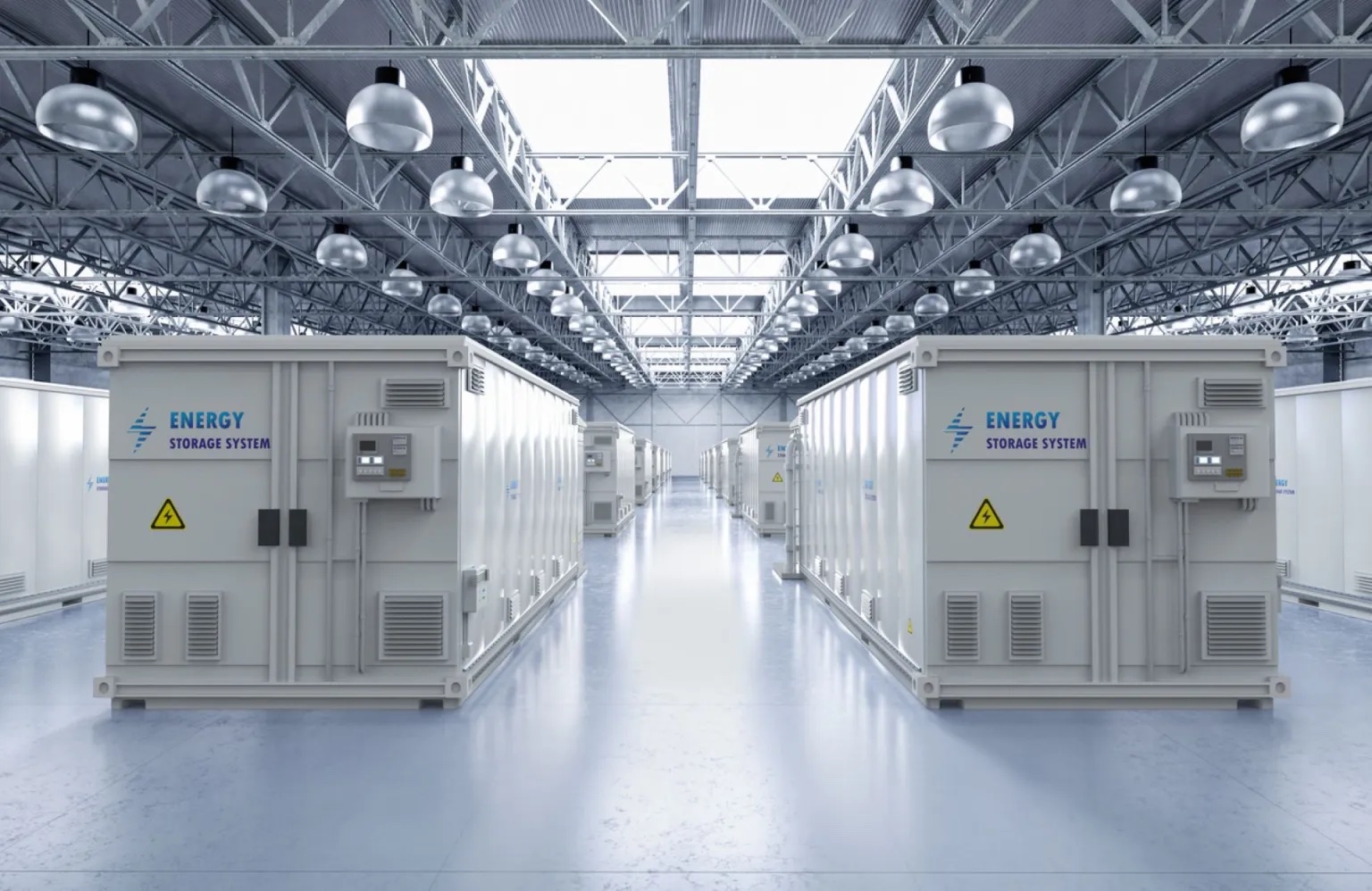At a tech exhibition in Shanghai, battery manufacturer Envision Energy showcased its latest high-capacity grid-storage battery, drawing widespread attention. According to PV Magazine’s report on the Electrical Energy Storage Alliance’s Energy Storage Exhibition, Envision’s new battery boasts an impressive energy density of 541 kilowatt-hours per square meter. This advanced unit can store up to 8 megawatt-hours (MWh) of power within a standard 20-foot container, surpassing the 6 MWh capacity currently offered by leading competitors.
“We made a huge jump from our previous generation products to cut costs at the system level,” said a representative from Envision, as quoted in PV Magazine. The power pack’s high energy density is designed to store and manage intermittent renewable energy more efficiently, with a remarkable 96% “roundtrip” efficiency rate, which measures the amount of energy retained during storage and retrieval.
Engineered with lithium-iron phosphate (LFP) chemistry, Envision’s battery is capable of lasting nearly 16,000 cycles, a significant lifespan that enhances its value for grid storage. LFP batteries, often cited as the future of energy storage, are valued for their safety, cost-effectiveness, and use of readily available iron rather than rare or costly materials. Although LFP batteries have historically sacrificed energy density, Envision’s team has made progress on this front, using cells produced by Japan’s AESC—a company largely owned by Envision.
The 55-ton, liquid-cooled battery unit is integrated with artificial intelligence to manage performance and system optimization, and the breakthrough in capacity is attributed to its large-capacity cells, compact design, and advanced integration within the storage container. Marija Maisch of PV Magazine noted that this combination of factors was key to achieving Envision’s high energy capacity and performance metrics.
As countries worldwide work to reduce greenhouse gas emissions, grid storage is becoming critical in managing renewable energy for consistent power supply. NASA and medical experts link this reduction of heat-trapping air pollution to mitigating extreme weather events and health risks. Envision’s development signals the growing focus on energy storage innovation, especially as leading companies like Tesla scale up production of lithium-ion Megapacks—large batteries deployed to store renewable power on a massive scale.
On a smaller scale, Tesla’s Powerwall has provided homeowners with the ability to store energy from rooftop solar and even sell surplus back to the grid, adding to an expanding market that now includes Germany’s Ampere.StoragePro. In addition to battery production, Envision designs and manufactures its inverters and battery management systems, aiming to fully control the supply chain and boost energy storage efficiency.
Envision Energy’s CEO Lei Zhang emphasized the company’s commitment to driving the energy transition forward. “The old energy paradigm is breaking down and will be replaced by a new era of energy,” Zhang stated on the company’s website.
With innovations like these, Envision’s battery could play a crucial role in reshaping the global energy landscape, enabling a more resilient, sustainable power infrastructure for the future.
By Impact Lab


